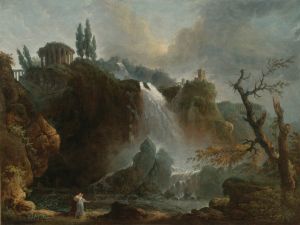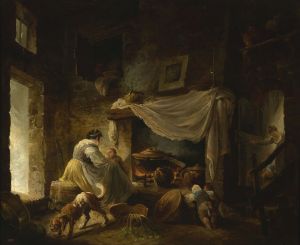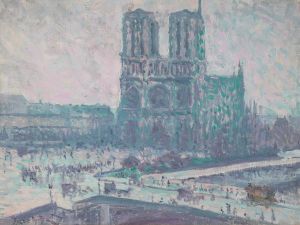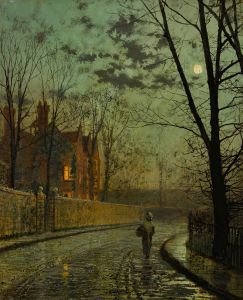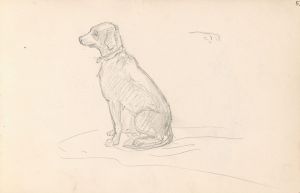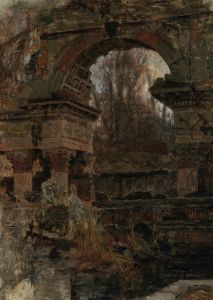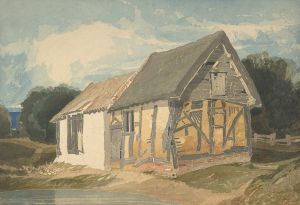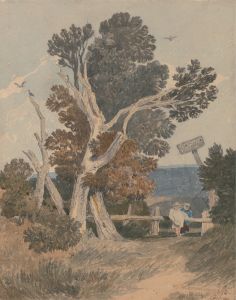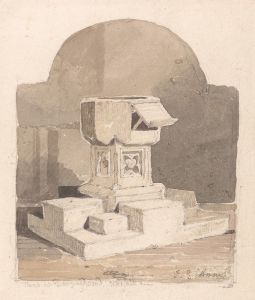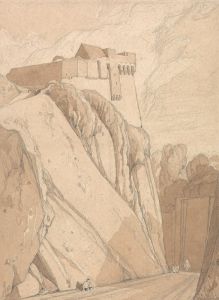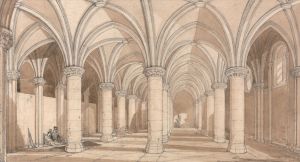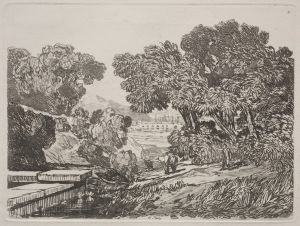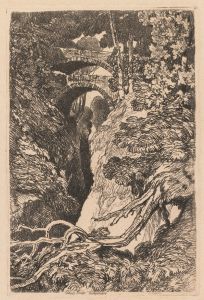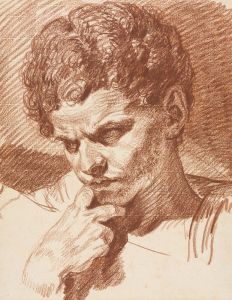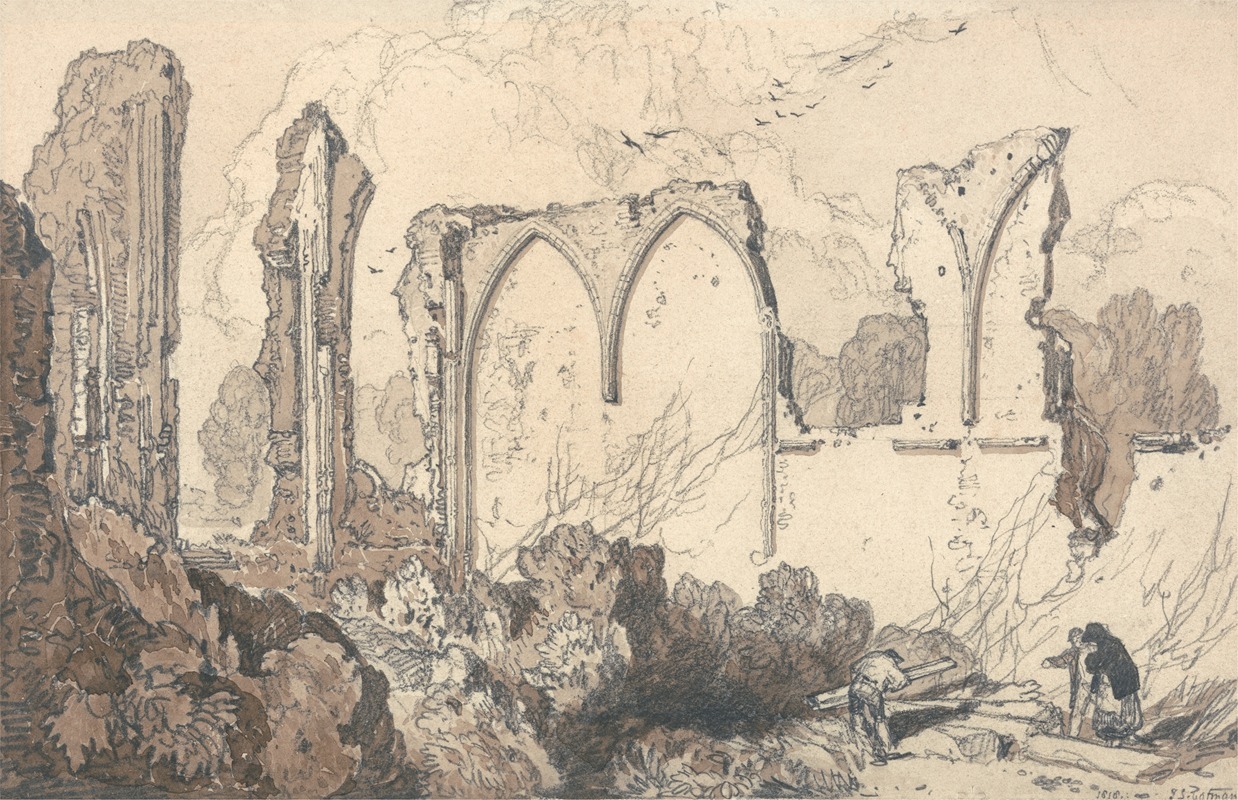
Ruin behind the Free School, Thetford, Suffolk
A hand-painted replica of John Sell Cotman’s masterpiece Ruin behind the Free School, Thetford, Suffolk, meticulously crafted by professional artists to capture the true essence of the original. Each piece is created with museum-quality canvas and rare mineral pigments, carefully painted by experienced artists with delicate brushstrokes and rich, layered colors to perfectly recreate the texture of the original artwork. Unlike machine-printed reproductions, this hand-painted version brings the painting to life, infused with the artist’s emotions and skill in every stroke. Whether for personal collection or home decoration, it instantly elevates the artistic atmosphere of any space.
"Ruin behind the Free School, Thetford, Suffolk" is a watercolor painting by the renowned English artist John Sell Cotman. Cotman, born in 1782, was a prominent figure in the Norwich School of painters, a movement known for its naturalistic and detailed landscapes. This particular work exemplifies Cotman's skill in capturing the serene and often melancholic beauty of the English countryside.
The painting depicts the ruins of a structure located behind the Free School in Thetford, a historic market town in Suffolk, England. The Free School, also known as Thetford Grammar School, is one of the oldest educational institutions in the country, with a history dating back to the 12th century. The ruins in the painting are likely remnants of medieval or post-medieval buildings, which were common in the area and often served as subjects for artists interested in the picturesque and the sublime.
Cotman's use of watercolor in "Ruin behind the Free School, Thetford, Suffolk" is notable for its delicate and precise application. The artist employs a muted color palette, dominated by earthy tones and soft greens, which enhances the sense of decay and tranquility. The composition is carefully balanced, with the ruins positioned slightly off-center, drawing the viewer's eye into the scene and inviting contemplation of the passage of time and the impermanence of human endeavors.
The painting is also a testament to Cotman's architectural interests. Throughout his career, Cotman was fascinated by the forms and textures of old buildings, and he often included them in his works. His attention to detail in rendering the stonework and the surrounding vegetation demonstrates his keen observational skills and his ability to convey the character and history of the structures he depicted.
"Ruin behind the Free School, Thetford, Suffolk" reflects the broader Romantic movement's preoccupation with nature, history, and the sublime. The Romantic artists and writers of the early 19th century were drawn to ruins as symbols of the inevitable decline of human creations and the enduring power of nature. Cotman's painting captures this sentiment, offering a quiet meditation on the relationship between the built environment and the natural world.
John Sell Cotman's contributions to the Norwich School and to English art more broadly have been widely recognized. His works are held in major collections, including the British Museum and the Tate Gallery, and they continue to be studied and admired for their technical mastery and emotional depth. "Ruin behind the Free School, Thetford, Suffolk" is a fine example of Cotman's ability to blend architectural precision with a poetic sensibility, creating images that resonate with viewers on multiple levels.
In summary, "Ruin behind the Free School, Thetford, Suffolk" by John Sell Cotman is a watercolor painting that captures the quiet beauty and historical resonance of a ruined structure behind an ancient school in Thetford. Through his meticulous technique and thoughtful composition, Cotman invites viewers to reflect on themes of decay, history, and the enduring presence of nature.





